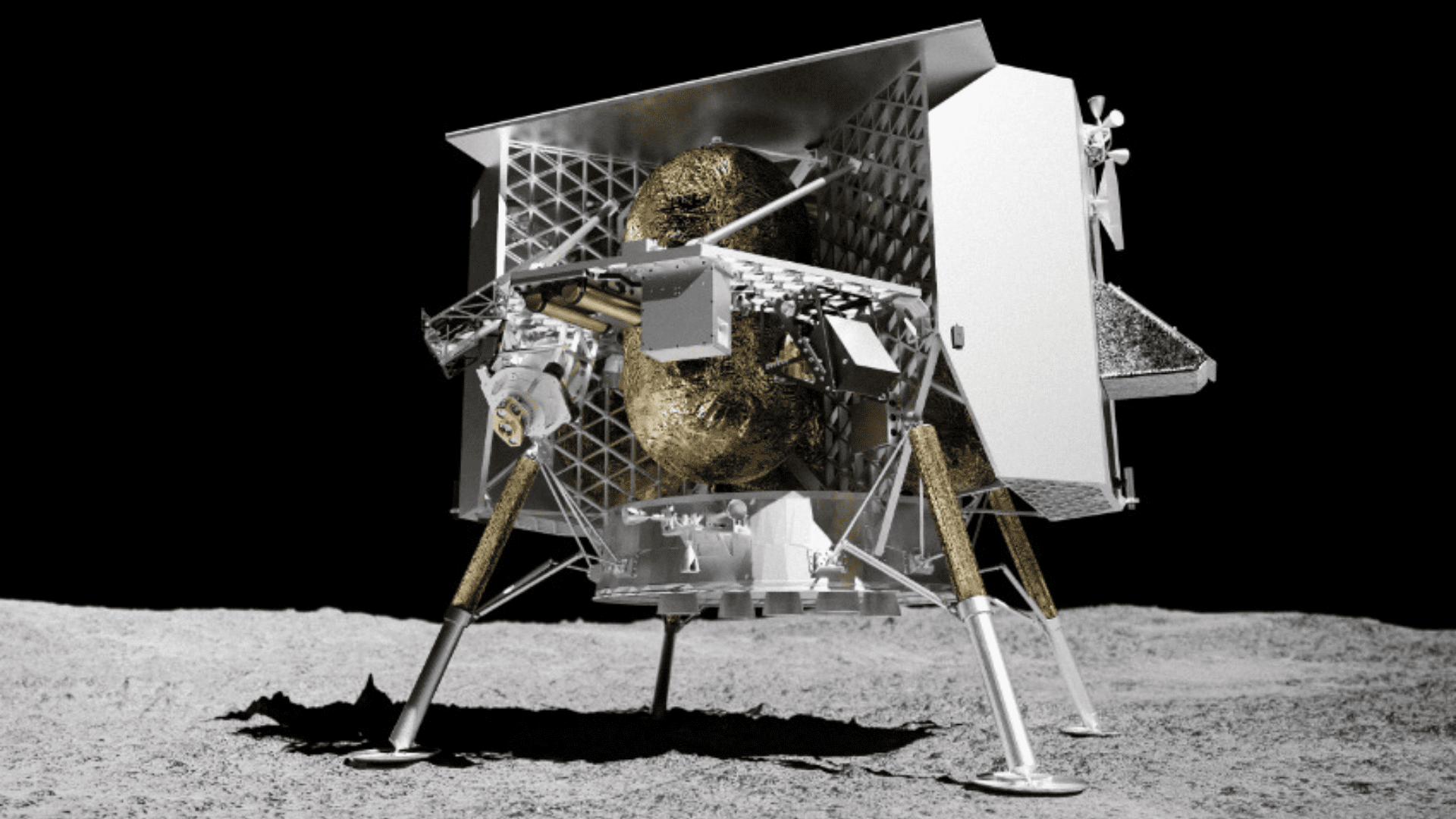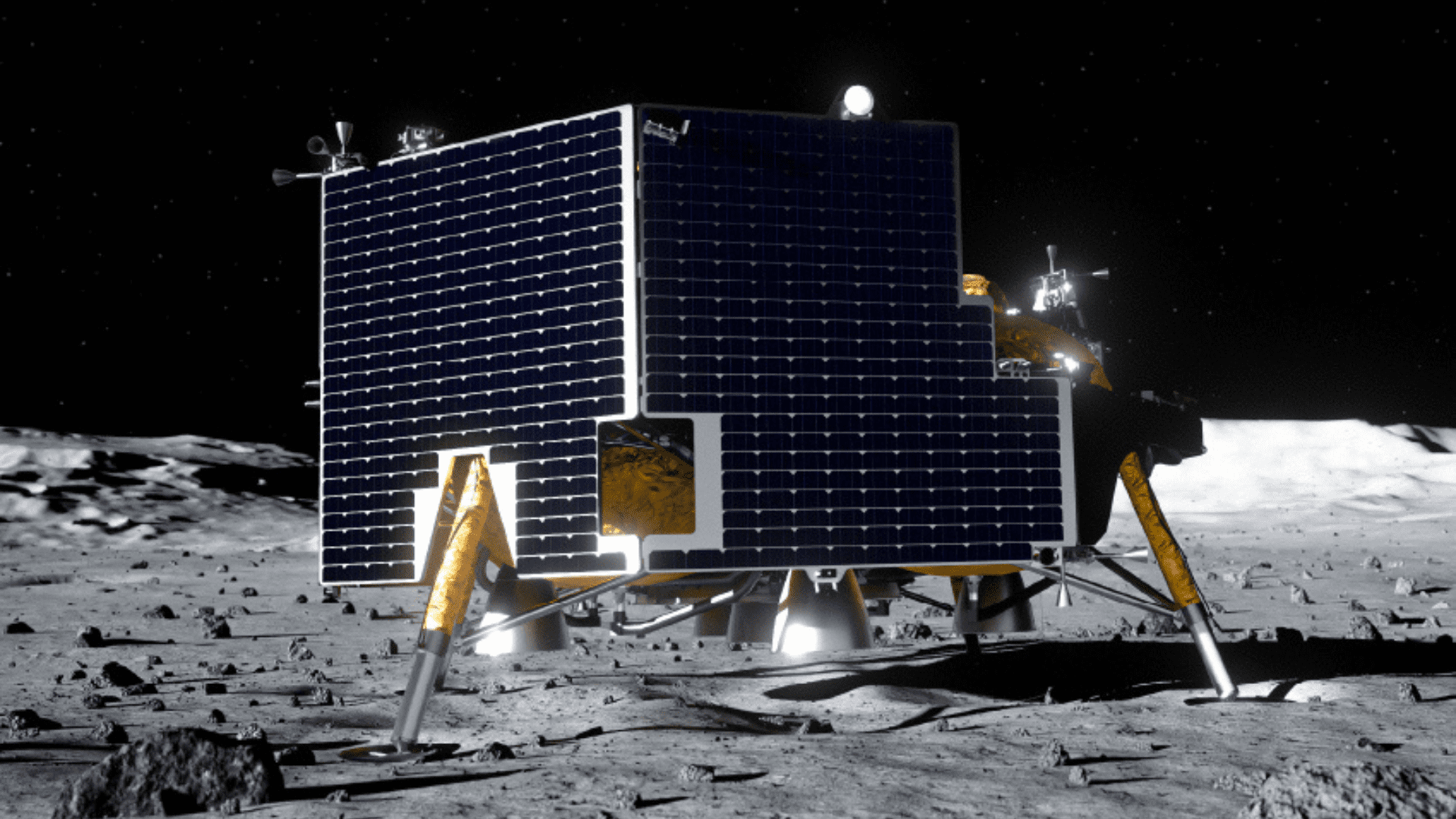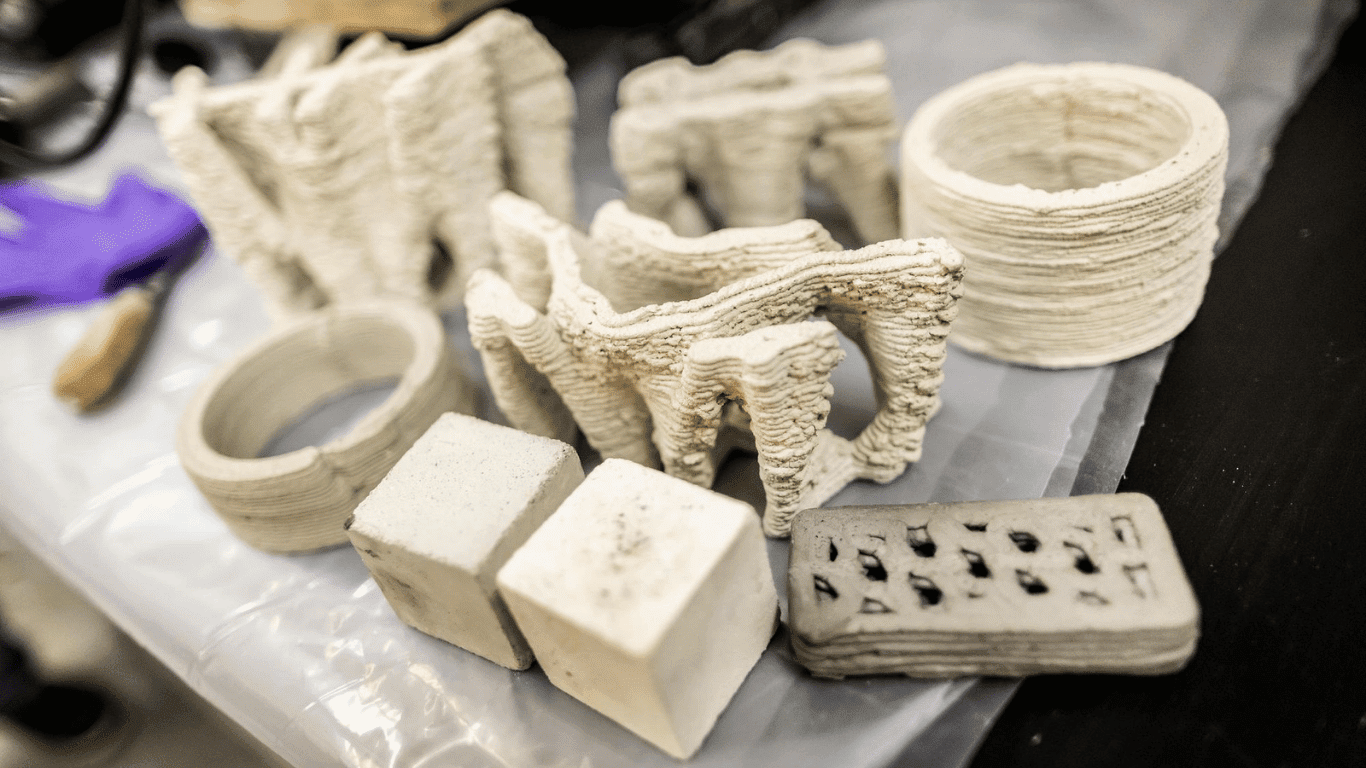In January, Astrobotic Technology’s lunar lander, Peregrine, journeyed through space intending to land on the Moon. However, the landing never happened because of a failure in one of the pressure control valves. During a news conference, Astrobotic officials detailed the malfunction and gave insights on the future of Peregrine and another lunar lander launching in 2025.
Peregrine Mission One

The Peregrine Lunar Lander flew in space for 10.5 days but never reached its ultimate goal of landing on the lunar surface. Peregrine was equipped with two pressure-control valves, or PCVs, which controlled helium flow. When PCV two opened and closed, helium started to flow uncontrollably through the oxidizer tank. “That caused a rapid and over-pressurization of the tank,” said Astrobotic CEO John Thornton. As a result, the tank ruptured and leaked oxidizer for the remainder of the mission.
According to Thornton, a positive outcome of all this is that they proved the lander could fly in space. In addition, the team was able to gather significant data during the 10-and-a-half-day flight in space. However, the Astrobotic team and NASA decided to initiate a controlled landing to bring Peregrine back to Earth. On January 18, 2024, Peregrine landed in an open spot in the water in the South Pacific.
Lessons Learned
Astrobotic Technology has another lunar lander, Griffin Mission One, planned to launch in 2025. Naturally, the PCV failure raises some questions for Griffin. The Griffin team looks at the failures in the valves as “lessons learned.” Their goal now is to implement preventative actions. The biggest incorporation going from Peregrine to Griffin is pressure regulators. “That’s one way of mitigating the single valve failure we experienced on PM1,” said Astrobotic’s Vice President of Landers and Spacecrafts Steve Clark. He mentions that if the valve failed in a similar way, the pressure regulator could be used to regulate the flow of the helium.

They also installed latch valves upstream of the PCVs. Clark said, “If we did see the same failure mechanism on the pressure control valves, those latch valves would be a way to control the flow into the oxidizer and fuel tanks. ”
Additionally, Clark says they continue to work closely with the pressure control valve vendor to correct the problem with PCV two on Peregrine.
Not including the pressure control valve malfunction, a total of 24 “in-flight anomalies” occurred on Peregrine 1. The PCV failure is considered a catastrophic failure. Eight 24 other anomalies were considered critical, but the mission operations team resolved them in real-time during the flight. Five were considered non-critical and were resolved. The rest were deemed minor enough to deal with after the flight. Clark said, “We analyzed those post-flight and looked at those as corrective actions leading into GM1.”
Future Missions
While the Peregrine lander has no future landing on the Moon anytime soon, Astrobotic revealed a few potential plans for the spacecraft. A few potential ideas for Peregrine are a space tug or a spacecraft bus. No further details were discussed about Peregrine.
Griffin is the next lunar lander developed by Astrobotic Technology and is set for launch late next year. According to Astrobotic officials, Griffin has active payloads, including their own cube rover. It will also fly ESA’s space cam and a NASA laser reflector. They say there is an additional payload that will be announced at a later date.







